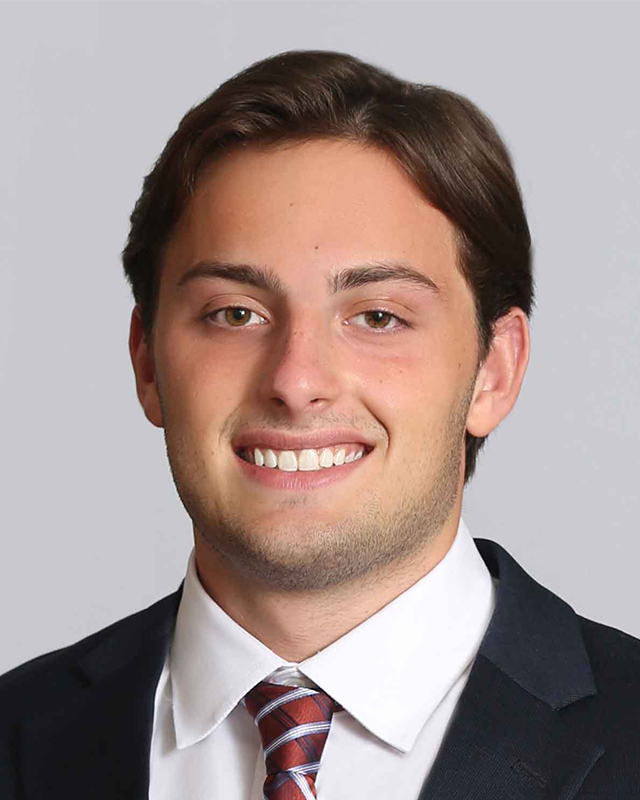
Evan Stipano
The NIH personally touched my life for the first time in 2016 when my father was diagnosed with chronic lymphocytic leukemia (CLL). CLL is a rare type of cancer that affects the blood and bone marrow and that commonly occurs in either a stable, slow-growing or an aggressive, fast-growing form2. Fortunately, my father’s CLL was caused by a 13q chromosomal mutation1, manifesting the less severe phenotype. This meant he could delay treatment and live a relatively normal life. Nonetheless, to help researchers better understand the causes and treatments for CLL, he volunteered to participate in a natural history study for patients with CLL at the NIH. Since enrolling in the study over eight years ago, my father holds high praise for his team of clinicians and researchers at the NIH Clinical Center.
My father’s experience remains in my mind even now, years later, as I pursue a dental degree at Columbia University’s College of Dental Medicine. When the time came to think about summer research opportunities, I was faced with the question of whether to remain in New York and pursue research at school or to explore my options beyond Columbia’s campus. Influenced by my father’s experience at the NIH Clinical Center, I decided to apply to the NIH Summer Internship Program (SIP). I was ultimately accepted in Dr. Rena D’Souza’s lab in the NICHD, where I am currently assisting with large multi-omic sequencing studies of craniofacial tissues and preclinical translational research on novel molecular targets and therapies for cleft palate anomalies. Before I ever stepped foot on the NIH campus, I was confident that I would be learning from top experts across a wide range of fields. Now, several weeks into my summer research fellowship, I have expanded my laboratory repertoire and began preparing my first scholarly article contribution and accompanying research presentation.
My experience at the NICHD thus far has exceeded my already high expectations and allowed me to take strides towards my long-term goal of becoming a craniofacial orthodontist. During my clinical career as an orthodontist, I hope to witness some of our research efforts from this summer translate into clinical outcomes for patients, specifically by reducing the disease burden of orofacial clefts through the advent of novel regenerative techniques.
While cleft palate and CLL probably couldn’t be further apart on the research spectrum, my journey to the NIH comes with the realization that my story is not all that unique. Through conversations with both my peers and mentors, I have learned that many of us are here for similar reasons. Whether it be an illness in the family or another equally motivating factor, we all find ourselves together at the NIH because we share a strong desire to improve human health outcomes in our respective fields. While it can be easy to become wrapped up in the day-to-day rigors of life as a scientist, I urge everyone reading this article to reflect on the bigger reasons that have led them to the NIH and to lean into their experience this summer and beyond with these reasons in mind.
References
- Khalid, Khizer, et al. “13q14 deletion and its effect on prognosis of chronic lymphocytic leukemia.” Cureus, 2 Aug. 2021, https://doi.org/10.7759/cureus.16839.
- “What Is Chronic Lymphocytic Leukemia?” American Cancer Society, 10 May 2018, www.cancer.org/cancer/types/chronic-lymphocytic-leukemia/about/what-is-cll.html.
